| This Radical Self-Acceptance course will revitalize you and your practice… |
|
| Based on scientific research and decades of experiential work, Tara Brach, Ph.D., will guide you step by step through the practices you need to effectively heal the burdens of shame and fear that your clients are carrying. Join Tara as she lays the groundwork for deeply enriching your clinical approach through masterfully executed guided meditations, experiential exercises and discussion.
Together, you’ll explore how the practices of mindfulness and compassion will allow your clients to fully embrace their lives and connectedness with others while being more compassionate toward the “unforgivable” parts within themselves through the powerful tools of Radical Self-Acceptance.
|
|
Tara will guide you step-by-step through materials covering:
-
- The cause of the pervasive sense of personal deficiency and preponderance of shame in western culture.
-
- The cause of emotional suffering from the perspective of Buddhist psychology, Western psychology, and Evolutionary psychology.
-
- The current research on meditation for emotional resilience, emotional intelligence and deep transformation.
-
- How to transform your client’s shame and fear with the R.A.I.N. model.
-
- How to help your client shift from “fight flight freeze” to “attend and befriend.”
-
- How to apply Buddhist mindfulness meditation to your clinical practice — the principles and components you need to understand.
-
- The process of forgiving and how your clinical support can help clients release their armor.
-
- How to evolve our capacity for compassion; working with both dissociation and the tendency to get flooded.
- How positive neuroplasticity can deepen intimacy and connection in our clients’ individual and collective psyche.
Through Tara’s expert and insightful commentary, case studies and practices, you’ll develop highly practical, evidence-based skills that will strengthen your current clinical approach and improve your therapeutic outcomes. |
|
Next, you’ll join Tara for two powerful discussions…
| Escaping the Cybertrance
The digital world has created an alternative reality that’s altered our relationship with our senses, bodies, and the very notion of who we are. In this session, you’ll explore how to help clients both deepen their awareness of their relationship to the cyberworld and challenge its powerful grip on them by:
• Enhancing their ability to pause and deepen their experience of presence in the world
• Recognizing the trancelike quality of digital reality and how to awaken from it
• Exploring the psychology of boredom and how it keeps us from being fully connected to the moment
• Developing a cyber-diet to guide your daily use of digital technology and maximize its positive benefits |
|
| Deliberate Practice and the Inner Life
Dive into a deep discussion focused on the paradoxical “craft” of meditation — how we deliberately practice certain “skillful means” to quiet the mind so that we may attain a seemingly effortless embodied state of radical and liberating “natural presence,” in which we simply let life be just as it is. |
|
More information about Medical:
Medicine is the science and practice of establishing the diagnosis, prognosis, treatment, and prevention of disease.
Medicine encompasses a variety of health care practices evolved to maintain and restore health by the prevention and treatment of illness.
Contemporary medicine applies biomedical sciences, biomedical research, genetics, and medical technology to diagnose, treat, and prevent injury and disease,
typically through pharmaceuticals or surgery, but also through therapies as diverse as psychotherapy, external splints and traction, medical devices, biologics, and ionizing radiation, amongst others.
Medicine has been around for thousands of years, during most of which it was an art (an area of skill and knowledge) frequently having connections to the religious and
philosophical beliefs of local culture. For example, a medicine man would apply herbs and say prayers for healing, or an ancient philosopher and physician would apply bloodletting according to the theories of humorism.
In recent centuries, since the advent of modern science, most medicine has become a combination of art and science (both basic and applied, under the umbrella of medical science).
While stitching technique for sutures is an art learned through practice, the knowledge of what happens at the cellular and molecular level in the tissues being stitched arises through science.
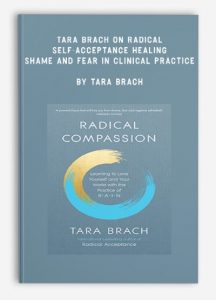 Tara Brach on Radical Self-Acceptance: Healing Shame and Fear in Clinical Practice by Tara Brach
Tara Brach on Radical Self-Acceptance: Healing Shame and Fear in Clinical Practice by Tara Brach





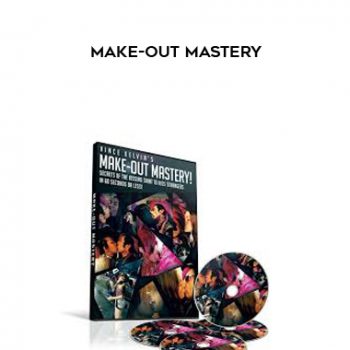

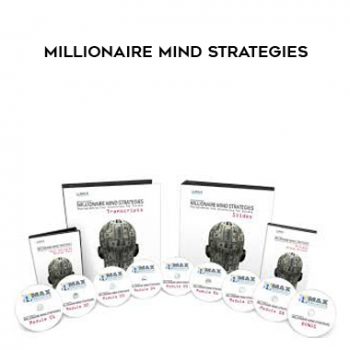

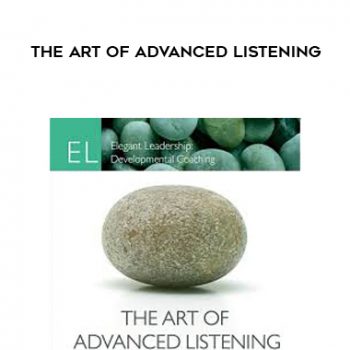
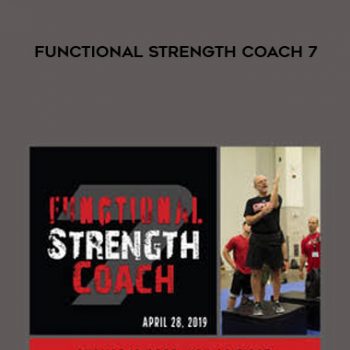

tristian –
This is Digital Download service, the course is available at Coursecui.com and Email download delivery.